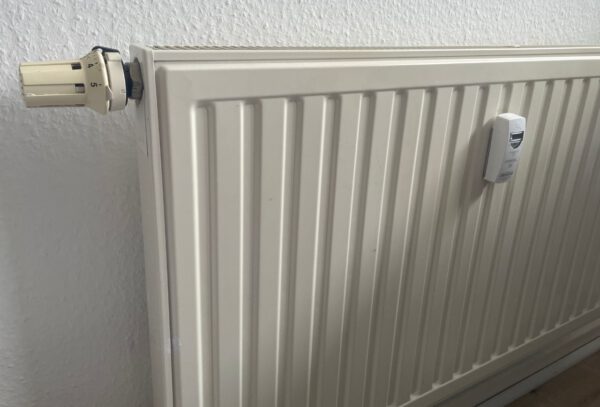Proper Heating in Winter
When temperatures drop, proper heating becomes especially important. A well-heated living space not only ensures comfort but also helps prevent mold growth and reduce heating costs. Here are some tips on how to heat efficiently while saving energy.
1. Set the Right Room Temperature
Each room has an ideal temperature:
- Your room during the day: approx. 20-22°C
- Your room at night: approx. 17-19°C
- Kitchen: approx. 18-20°C
- Bathroom: approx. 21-23°C
- Hallway: approx. 17-19°C
Temperatures that are too high waste energy, while temperatures that are too low increase the risk of moisture and mold.
2. Keep Radiators Unobstructed
To ensure even heat distribution, radiators should not be covered by furniture or curtains. This allows warm air to circulate freely and maintains heating efficiency.
3. Ventilate Properly
- Air out rooms instead of tilting windows: Open windows fully for 5-10 minutes several times a day to efficiently exchange air.
- Turn down the heating while airing out: To avoid unnecessary energy loss, reduce the heating level or switch it off during ventilation.
4. Save Heating Energy at Night
At night, temperatures can be lowered in most rooms. Around 16-18°C is usually sufficient, as long as there is no risk of moisture buildup. However, on very cold nights, radiators should not be turned off completely to prevent the room from getting too cold.
5. Keep Doors Between Rooms with Different Temperatures Closed
To prevent energy loss, doors between rooms with different heating levels should remain closed. This helps keep the warmth where it is needed.
6. Bleed Radiators Regularly
Air trapped inside radiators can significantly reduce their efficiency. Regular bleeding ensures optimal heat output. This is a simple task, and there are many guides available online. However, if you are unsure, it is best to seek professional help.
Conclusion
With the right heating strategy, you can not only save on energy costs but also improve indoor air quality and prevent mold growth. Using heating wisely helps protect the environment while enhancing living comfort.



